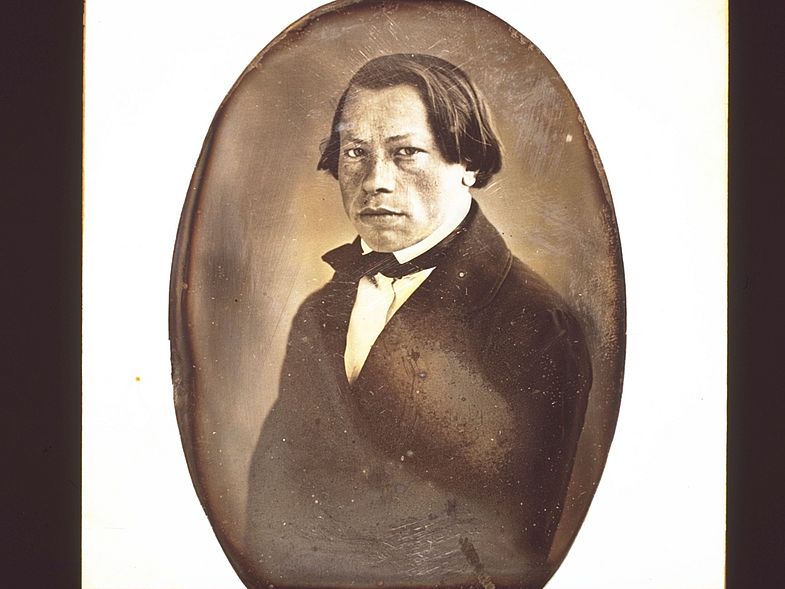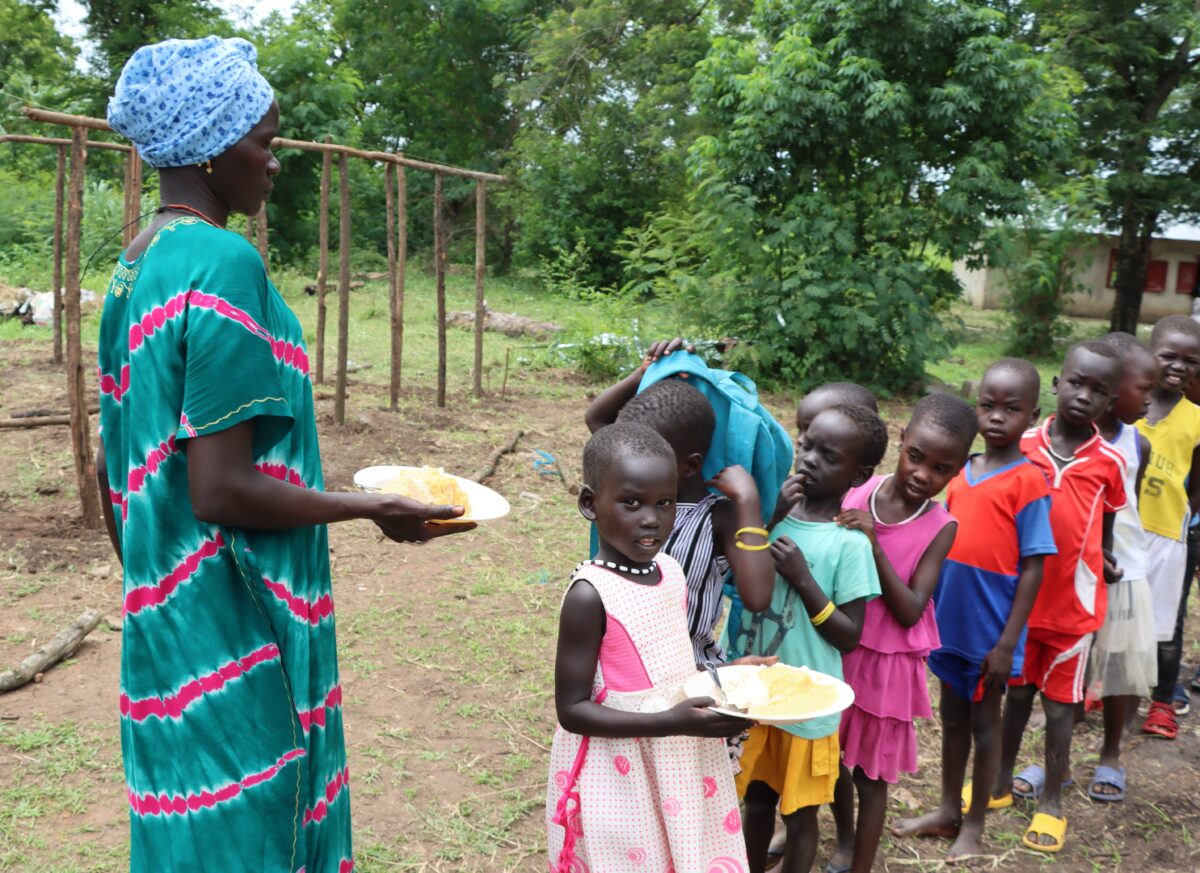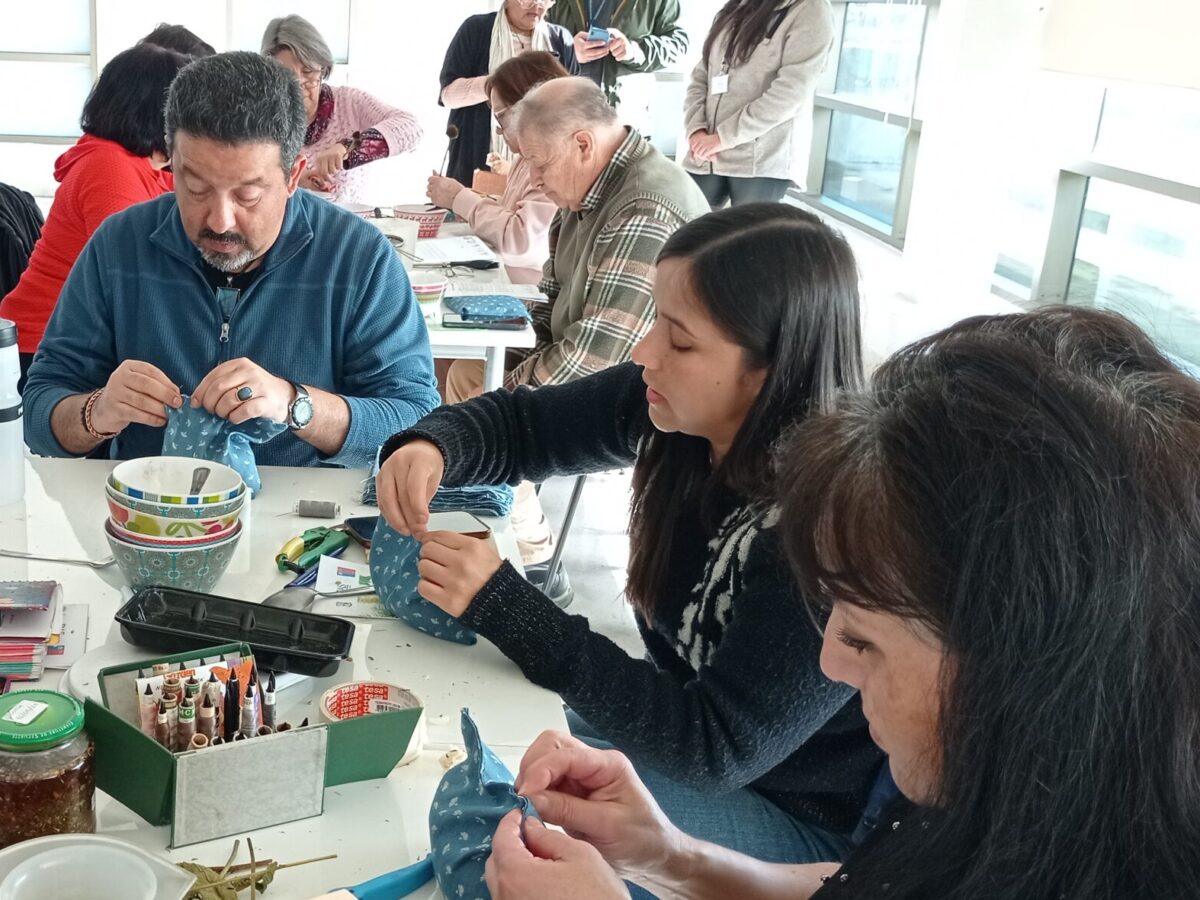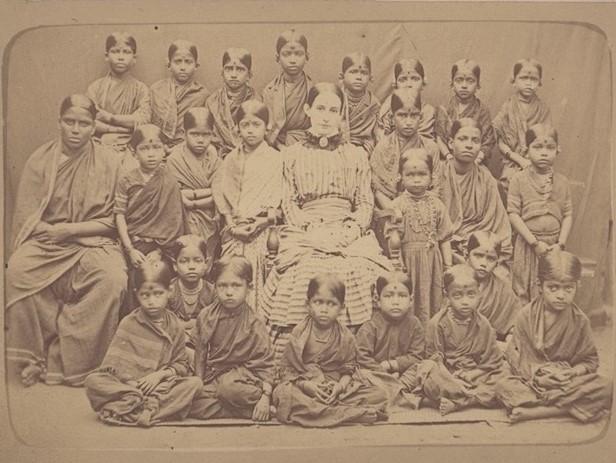The young man, Johannes Menge, looks earnestly into the camera. Soon he will begin the long and perilous journey to his assigned mission field. In his case to the Gold Coast, today's Ghana, which will later receive the nickname "the white man's grave" in the mission. First, a portrait of him is made, which remains in Basel.
As early as 1818, the very first departing missionaries were portrayed. The collection in the archives of the Basel Mission comprises about 200 portrait drawings. Then a new medium emerged: photography. For the first time, it is possible to make lifelike portraits of people. The Basel Mission kept up with the times and had the emigrants photographed from 1850.
Testimonies of the history of photography
The portrait collection of the Basel Mission is also a collection on the development of photography from the early days to the 1950s. Particularly rare are the more than 100 daguerreotypes, the earliest form of photography. In this process, the subject was exposed onto a silver-plated metal plate and developed with mercury. The image was touch-sensitive and had to be covered with a glass plate.
The collection of the Basel Mission contains over 2000 portraits of departing missionaries from 1818 to 1954, when the mission school was closed. Ten of these portraits, including Johannes Menge, will be shown in the exhibition "Nach der Natur. Swiss Photography in the 19th Century," which has already been shown in Winterthur.
Curator Martin Gasser is enthusiastic: "The portrait collection of the Basel Mission is a unique collection, not only in Switzerland, but even worldwide". A visit to the exhibition is possible until July 3 at the Museo d'arte della Svizzera italiana in Lugano and from October 2022 to January 2023 in a smaller version at the Musée de l'Elysée in Lausanne.
Pictures as proof of performance
The portrait pictures of the missionaries were first hung in the meeting room of the board of the Basel Mission, where they attracted many curious visitors. This led to disruptions in administrative operations, so when the mission house was rebuilt in 1860, it was decided that in the future the photographs would be hung on a wall in the new mission museum on the first floor.
The portraits were a reminder of the young departing missionaries, but also a record of achievement for the Basel mission. The date of birth, the date of entry into the mission institute, the date of departure and the mission area were noted on a passe-partout. Later, the date of death was added. In Johannes Menge's case this was 1852, not a year after his departure.
Text: Andrea Rhyn, Mission 21
Friends of the Archives
Our archive documents comprehensively and in many facets more than 200 years of mission and world history. Every year, people from all over the world use
our holdings for their diverse research questions. Help us to preserve the historical cultural assets of this unique archive and become a member of
our patrons' club "Friends of the Archives".
Further information: ► https://www.mission-21.org/forschungsarchiv






